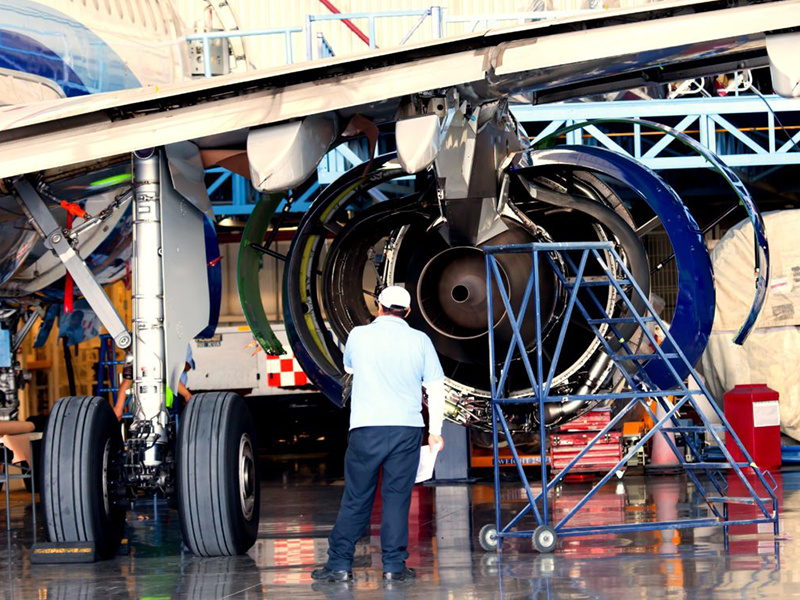


The first airplane to successfully take flight soared on December 1907. However, there are claims that this reported breakthrough from the Wright brothers, Wilbur and Orville, is not true. Supposedly, there have been a number of inventors across America and Europe who had developed their own airplane designs before the Wrights.
These include names like Richard Pearse, Gustave Whitehead, and Karl Jatho. They all created aircrafts from materials available at that time. They tested if the aircraft’s would work and if they were safe. All of them are what is known to the modern times as aeronautical engineers.
If not for aeronautical engineers, the whole ability to travel by air would not be possible. There would be no airports, no airlines, and no aviation industry. And even as airplanes have been invented and all these developments in technology, aeronautical engineers serve a vital purpose in the airline industry.
1. Aircraft cannot take off without their approval
Every aspect and corner of an aircraft needs to be checked by an aeronautical engineer before it is allowed to leave the ground. It has be secured and safe for whatever purpose it may serve before flying.
2. There won’t be better aircraft if not for them
These engineers make the airplanes. They develop materials that can be used in the building process. They also come up with the designs and oversee the actual building.
3. Every flight would be crazy expensive without them
Aside from the material, they also come up with systems and build the plane in a way that it is not only durable, but cost-efficient, as well. Aeronautical engineers find ways to make each flight as practical as possible by controlling oil consumption and the like.
4. They make really cool aircraft only a few people can use
They don’t just make commercial airplanes, aeronautical engineers build battle planes, as well. They are responsible for all kinds of aircraft that exists today.
Those are just some of the ways aeronautical engineers have improved the face of traveling. However, before becoming one, there’s a need for rigorous study and training. The power to dictate which airplane is allowed to fly and which aren’t ready comes with knowledge and wisdom that is honed through years of education.
For aeronautical engineer aspirants, an early start can make a difference. Math and science skills will come in handy for aeronautic school. It is advisable that students take the STEM track in senior high school as preparation for an aeronautical engineering course.
For tertiary education, this course is available in different colleges and universities in the country. WCC is one of the best schools for this because they have the latest facilities and technology in aircraft engineering. They also have a pool of top notch experts in their faculty. This kind of premium education is needed before taking the final step towards becoming an aeronautical engineer.
After all those study and training, a licensure exam must be taken to become a full fledge aeronautical engineer.
Being an aeronautical engineer is a difficult profession, but it is also one of the coolest jobs in the world. For more information on how to be an aeronautical engineer, visit wccaviation.com.
The information contained in this website is for general information purposes only.
While WCC Aviation Company endeavors to keep the information up to date and correct, we make no representations or warranties of any kind, express or implied, about the completeness, accuracy, reliability, suitability or availability with respect to information published in this website.
Click here to read the Privacy Statement in full